Right from his first works, such as: "Chieu chieu crow noi voi kite"; "Kien troi"; "Lan Tinh", young writer Giai Du (24 years old) has shown a clear mark in applying folk cultural materials to modern writing. "What should I do when the wind blows" is a continuation of that flow to continue to develop in a more subtle and profound direction.
Author Giai Du possesses a unique and engaging writing style. "What to do when the wind blows" leaves an impression with its unique layout and sophisticated writing style, evoking the endless source of inspiration about the beauty of the childhood world .
The author is currently studying for a Master's degree in Literary Theory at the University of Social Sciences and Humanities in Ho Chi Minh City. The award-winning collection of short stories was written in just one month, but is the result of a long period of observation, contemplation, and love for the world through the eyes of children.
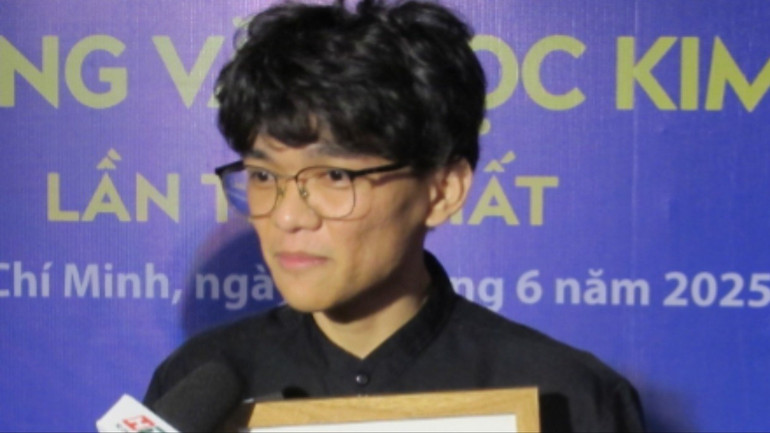
The work tells about 20 things we can do when the wind blows. Throughout the chapters, the main character - a child - recounts seemingly simple things: hanging clothes, sowing a seed, visiting a friend's house... but they are filled with love and imagination, showing how children feel and interact with the world around them.
Author Giai Du possesses a unique and engaging writing style. "What to do when the wind blows" leaves an impression with its unique layout and sophisticated writing style, evoking the endless source of inspiration about the beauty of the childhood world.
Sharing about the writers who left an impression on him, author Giai Du especially mentioned Nguyen Ngoc Thuan, author of "Opening the Window While Closing My Eyes" - one of the outstanding children's works of modern Vietnamese literature. According to him, the work inspired him to write "What to Do When the Wind Blows".
If "Opening the Window While Closing My Eyes" is a journey to explore the world with subtle emotions and rich imagination, Giai Du's work is a gentle conversation between the reader and a child about small but meaningful things. These are all works that make adults stop to listen, to remember, and also to learn from children.
The Kim Dong Literature Award Final Jury commented that "What to do when the wind blows" stands out for its creative structure, mature writing style, and consistent humanistic thoughts. The story is told in a simple voice, but contains deep emotions and philosophical thoughts.
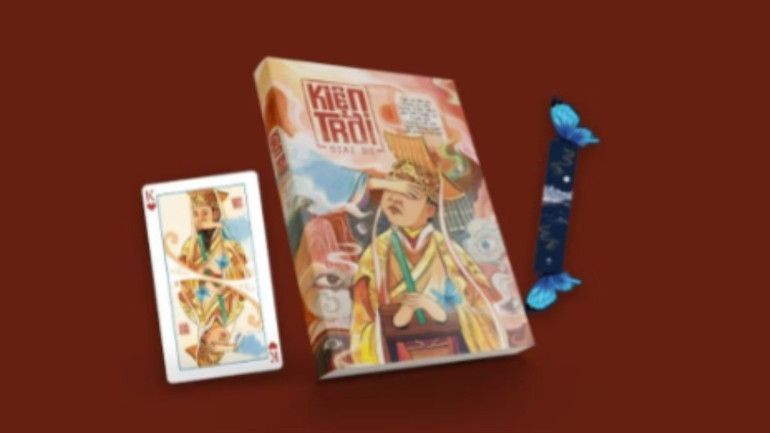
"At the age of 10, every time the wind blew, did you wonder what you should do? Hang clothes to dry? Eat a candy? Plant a seed?... Those small actions seem to be separate, but when connected, they create a gentle, peaceful journey of discovering life.
Not choosing trendy or heavily commercial topics, Giai Du focuses on the innocent beauty of childhood, where subtle emotions are the center. This makes his works different.
What is special about Giai Du is his ability to simplify language but not simplify content. His stories gently reveal layers of meaning through simple, imagery-rich narratives. The folk mark lies in the details, while also permeating the rhythm of the sentences, the way of building characters, the way of thinking figuratively... evoking a familiar feeling like listening to a grandmother telling stories from long ago.
Putting children at the center of the story, the author does not make that world unrealistic, but the conflicts, small crises, innocent sadness and instinctive optimism are all recreated very vividly and closely.
That is what makes this novel attractive to young readers and still touches the emotions of adults who were once children - people who are still struggling amid the great "winds" of their lives.
Writer Tran Duc Tien, Chairman of the Final Jury of the First Kim Dong Literature Award, commented: "The emergence of talented young authors like Giai Du is a positive sign for the future of Vietnamese children's literature. In addition to writing well, it also shows the ability to connect between tradition and modernity, between folklore and the digital age, thereby expanding the reach of children's literature."
Source: https://nhandan.vn/tac-pham-dac-biet-cua-giai-thuong-van-hoc-kim-dong-lan-thu-nhat-post886812.html













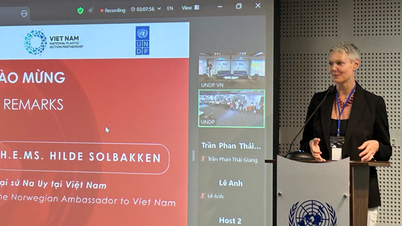




















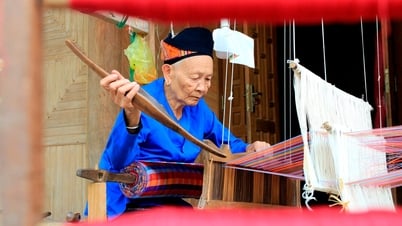





































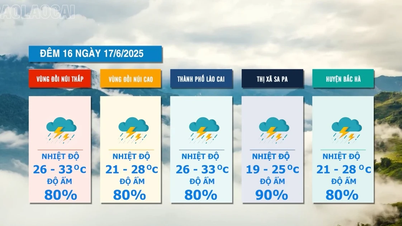





















Comment (0)